Description
Product Description
Vezocolmitide (CAS 51486-77-2) represents a unique category of collagen mimetic peptides, specifically engineered to replicate key biological features of natural collagen. As the principal active ingredient in the investigational formulation ST-100, this peptide has gained scientific attention for its potential to ameliorate tissue damage, stabilize extracellular matrix (ECM) integrity, and promote ocular surface health in dry eye disease models.
Background: The Role of Collagen in Human Biology
Collagen is the most abundant structural protein in the human body, accounting for nearly 30% of total protein mass. It provides tensile strength, structural integrity, and scaffolding for cells within the ECM. In the eye, collagen is essential for the cornea, conjunctiva, and scleral tissues, maintaining clarity, stability, and resistance to stress. Damage or degradation of collagen contributes to pathological states, including DED, keratoconjunctivitis, corneal thinning, and delayed wound healing.
Dry Eye Disease (DED) and Collagen Dysfunction
DED affects hundreds of millions worldwide, with risk factors including aging, autoimmune conditions, environmental stress, and long-term digital screen exposure. A hallmark of DED is the breakdown of ocular surface tissue, where collagen fragmentation disrupts epithelial barrier function and accelerates inflammation. Conventional treatments, such as artificial tears or immunomodulatory drugs, often fail to address this structural damage to ECM proteins, highlighting the need for new peptide-based research compounds like Vezocolmitide.
Vezocolmitide as a Collagen Mimetic Peptide
Unlike small molecules or biologics that target signaling pathways, Vezocolmitide functions by mimicking collagen helices, allowing it to:
Integrate into damaged fibrils.
Reinforce weakened ECM networks.
Provide a structural platform for epithelial repair.
Act synergistically with natural collagen in stabilizing tissue scaffolding.
Research Applications Beyond Ophthalmology
Although primarily studied in dry eye disease, Vezocolmitide also supports broader research directions:
Tissue Engineering – Scaffold reinforcement in synthetic matrices.
Regenerative Medicine – Promoting wound healing and structural restoration.
Dermatology – Potential relevance in skin aging and scar remodeling studies.
Fibrosis Research – Evaluating collagen regulation in fibrotic disorders.
Overall, Vezocolmitide is a versatile experimental peptide bridging structural biology, ophthalmology, and regenerative research.
Product Specifications
| Item | Details |
|---|
| Product Name | Vezocolmitide |
| CAS No. | 51486-77-2 |
| Molecular Formula | Synthetic peptide, formula sequence-dependent |
| Molecular Weight | Sequence-based, calculated per batch |
| Structure | Collagen mimetic peptide (CMP) |
| Purity | ≥98% (HPLC) |
| Appearance | White to off-white lyophilized powder |
| Solubility | Soluble in PBS and aqueous buffers |
| Storage | -20°C, desiccated, protected from light |
| Stability | 12 months under recommended conditions |
| Source | Solid-phase peptide synthesis (SPPS) |
| Delivery Form | Sterile lyophilized vials |
| Applications | Dry eye disease research, collagen biology, regenerative medicine, biomaterials |
Expanded Notes on Specifications
Manufacturing Process: Synthesized via SPPS to ensure sequence fidelity and minimal impurities.
Analytical Validation: Each batch is confirmed by HPLC, LC-MS, and amino acid analysis.
Stability Testing: Stress studies indicate stability for over a year at -20°C; peptide integrity confirmed post-freeze-thaw cycles.
Formulation Options: Available in standard lyophilized form or carrier-stabilized versions for solution-phase studies.
Application in Biomaterials: Can be conjugated with polymers, hydrogels, or nanoparticle systems to enhance scaffold mechanical strength.
Comparative Benchmarking: Compared to other CMPs, Vezocolmitide demonstrates improved aqueous solubility, making it suitable for ophthalmic models.
This level of detail ensures reproducibility and confidence in research use.
Mechanism of Action
Vezocolmitide exerts its activity through collagen mimicry and ECM stabilization.
Molecular Design
Incorporates repeating Gly-Pro-Hyp motifs, characteristic of natural collagen.
Possesses self-assembly capacity, forming stable triple helices under physiological conditions.
Stepwise Mechanism
Integration into Damaged Collagen
Vezocolmitide aligns with fragmented collagen fibrils, filling structural voids and reinforcing weakened tissue scaffolds.
Triple Helix Stabilization
Mimics collagen’s triple-helical geometry, thereby reducing unwinding and enzymatic degradation by matrix metalloproteinases (MMPs).
Cellular Interaction
Provides a supportive environment for epithelial cells to adhere, migrate, and proliferate.
Barrier Restoration
In ocular models, helps restore corneal epithelial barrier, reducing microabrasions and susceptibility to environmental stress.
Indirect Anti-inflammatory Effect
By stabilizing tissue architecture, Vezocolmitide reduces the release of pro-inflammatory signals triggered by structural ECM breakdown.
Comparative Context
Unlike immunomodulators (e.g., cyclosporine A), Vezocolmitide does not directly alter immune pathways but instead addresses the root structural deficit in collagen, making it a unique research tool.
Applications in Combination Therapy
Vezocolmitide can be combined with:
Lubricating agents to prolong ocular retention.
Anti-inflammatory peptides for synergistic action.
Biomaterials for improved wound-healing scaffolds.
This versatility makes it valuable not just in ophthalmology but in regenerative and tissue-engineering research.

Side Effects
Preclinical Observations
Demonstrates low cytotoxicity in epithelial cell cultures.
No significant immunogenicity reported in early animal studies.
Exhibits stable performance across multiple in vitro assay systems.
Potential Risks
Concentration-dependent Effects: Extremely high doses may alter local osmolarity or stress cell cultures.
Sequence Length Variability: Shorter analogs may show reduced stability, while longer ones may aggregate.
Enzymatic Susceptibility: Although resistant to some MMPs, it may still be partially degraded under prolonged exposure in vivo.
Research Limitations
Current data are limited to preclinical models.
Clinical safety profiles remain unexplored.
Requires standardized protocols for reproducibility in ocular assays.
Laboratory Precautions
Use appropriate peptide-handling procedures to avoid contamination.
Reconstitute in sterile PBS or water, filter if necessary.
Store in aliquots to minimize freeze-thaw stress.
By understanding these safety considerations, researchers can maximize Vezocolmitide’s value while minimizing risks.
Disclaimer
All information is provided for research and laboratory use only. Vezocolmitide is not approved for clinical use, therapeutic application, or diagnostic purposes.
Keywords
Vezocolmitide, CAS 51486-77-2, collagen mimetic peptide, ST-100, dry eye disease research, extracellular matrix peptide, regenerative medicine peptide, ocular peptide research, biomaterial peptide.
Shipping Guarantee
We provide professional and secure shipping:
Customs-Cleared & Tax-Inclusive: Hassle-free import, no customer documents required.
Full Compensation: 100% reimbursement for loss or damage in transit.
Global Coverage: Trackable and efficient worldwide delivery.
Transaction Guarantee
We ensure secure and flexible payment:
T/T bank transfer
PayPal
Cryptocurrencies (BTC, ETH, USDT, etc.)
Additional payment solutions available on request
Your research procurement is always safe, transparent, and reliable.

 99% Pure Peptide Reta Trutide Epitalon in Stock Factory wholesale
10 × $26.00
99% Pure Peptide Reta Trutide Epitalon in Stock Factory wholesale
10 × $26.00 Wholesale Cibinetide Peptide Powder for Weight Loss & Muscle Preservation – Buy Now
10 × $22.00
Wholesale Cibinetide Peptide Powder for Weight Loss & Muscle Preservation – Buy Now
10 × $22.00 Best-Selling Weight Loss Peptide: Slimming Peptide Reta with Safe Delivery
10 × $23.00
Best-Selling Weight Loss Peptide: Slimming Peptide Reta with Safe Delivery
10 × $23.00 High Purity Weight Loss Peptide Reta, Trutide, GHK-Cu, Epitalon Peptide – The Ultimate Solution for Effective Weight Loss and Anti-Aging
10 × $25.00
High Purity Weight Loss Peptide Reta, Trutide, GHK-Cu, Epitalon Peptide – The Ultimate Solution for Effective Weight Loss and Anti-Aging
10 × $25.00
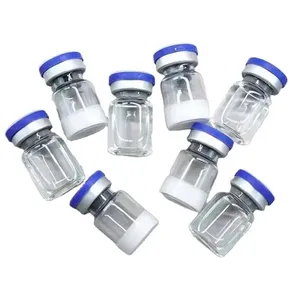 99% Pure Peptide Reta Trutide Epitalon in Stock Factory wholesale
99% Pure Peptide Reta Trutide Epitalon in Stock Factory wholesale 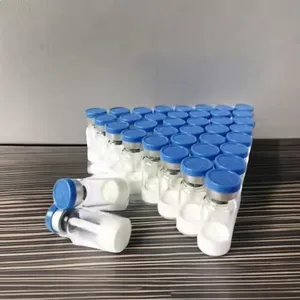 Wholesale Cibinetide Peptide Powder for Weight Loss & Muscle Preservation – Buy Now
Wholesale Cibinetide Peptide Powder for Weight Loss & Muscle Preservation – Buy Now 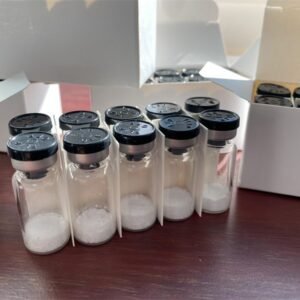 Best-Selling Weight Loss Peptide: Slimming Peptide Reta with Safe Delivery
Best-Selling Weight Loss Peptide: Slimming Peptide Reta with Safe Delivery 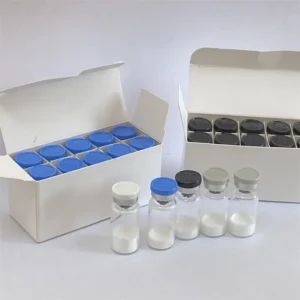 High Purity Weight Loss Peptide Reta, Trutide, GHK-Cu, Epitalon Peptide – The Ultimate Solution for Effective Weight Loss and Anti-Aging
High Purity Weight Loss Peptide Reta, Trutide, GHK-Cu, Epitalon Peptide – The Ultimate Solution for Effective Weight Loss and Anti-Aging 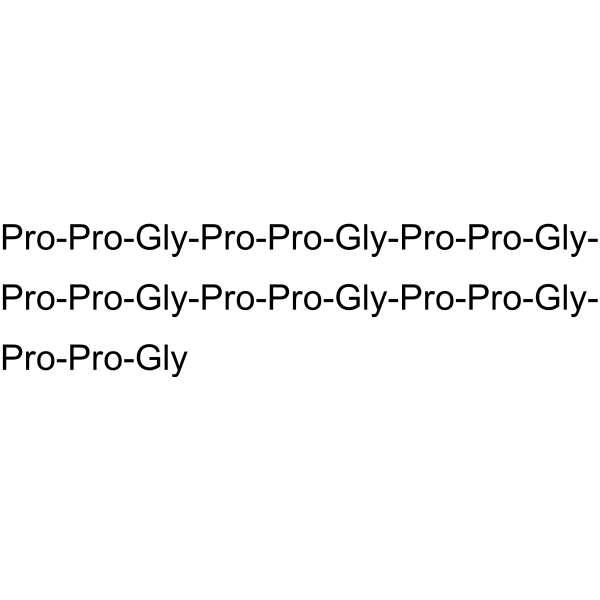


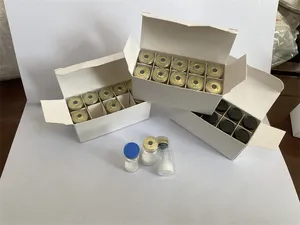
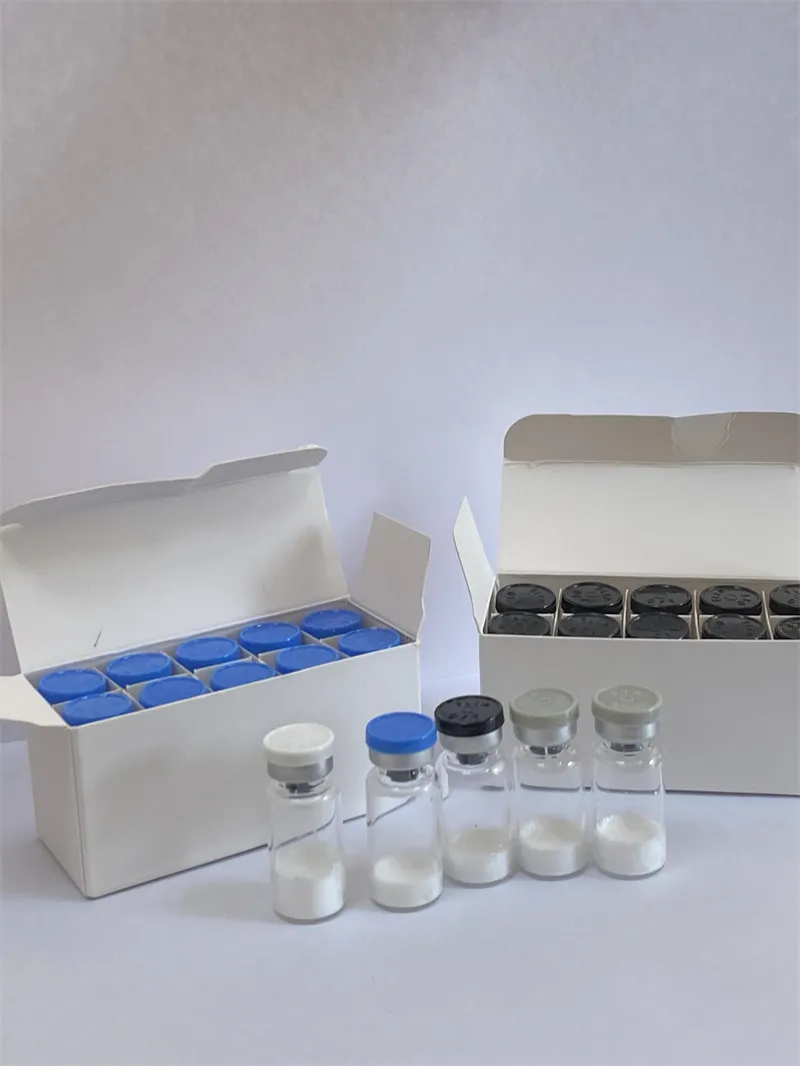
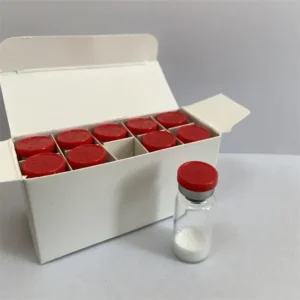
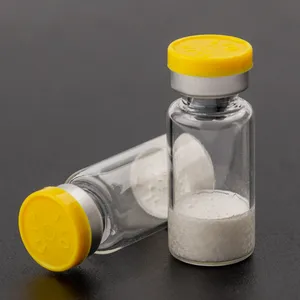
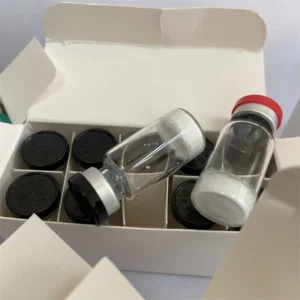
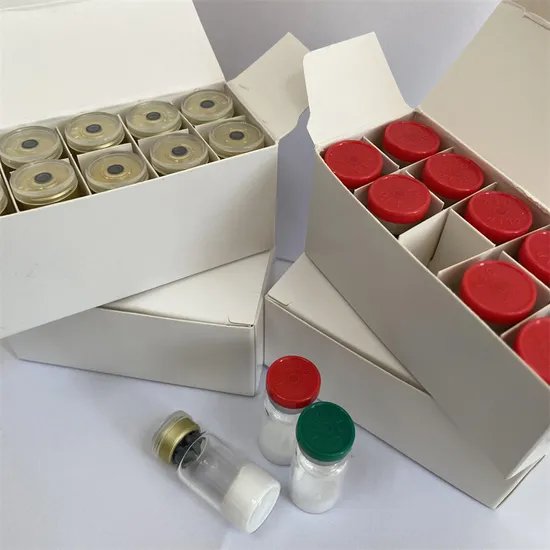

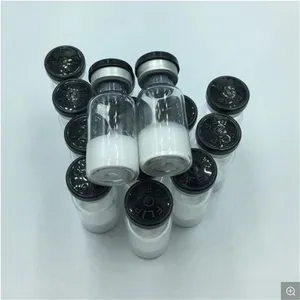
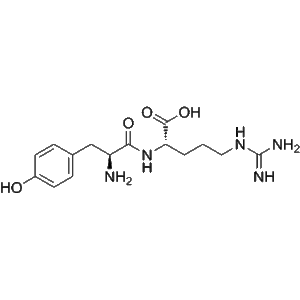
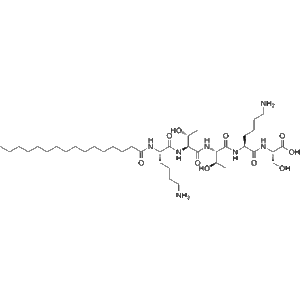
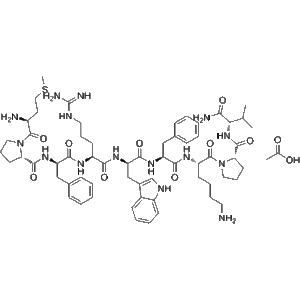
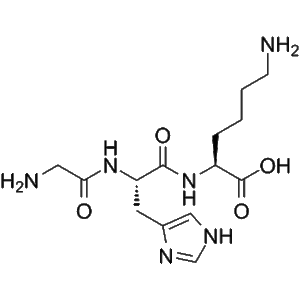
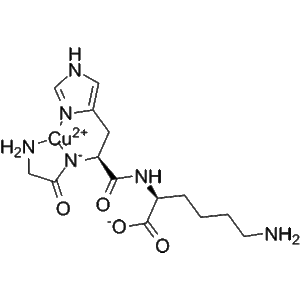
Reviews
There are no reviews yet.